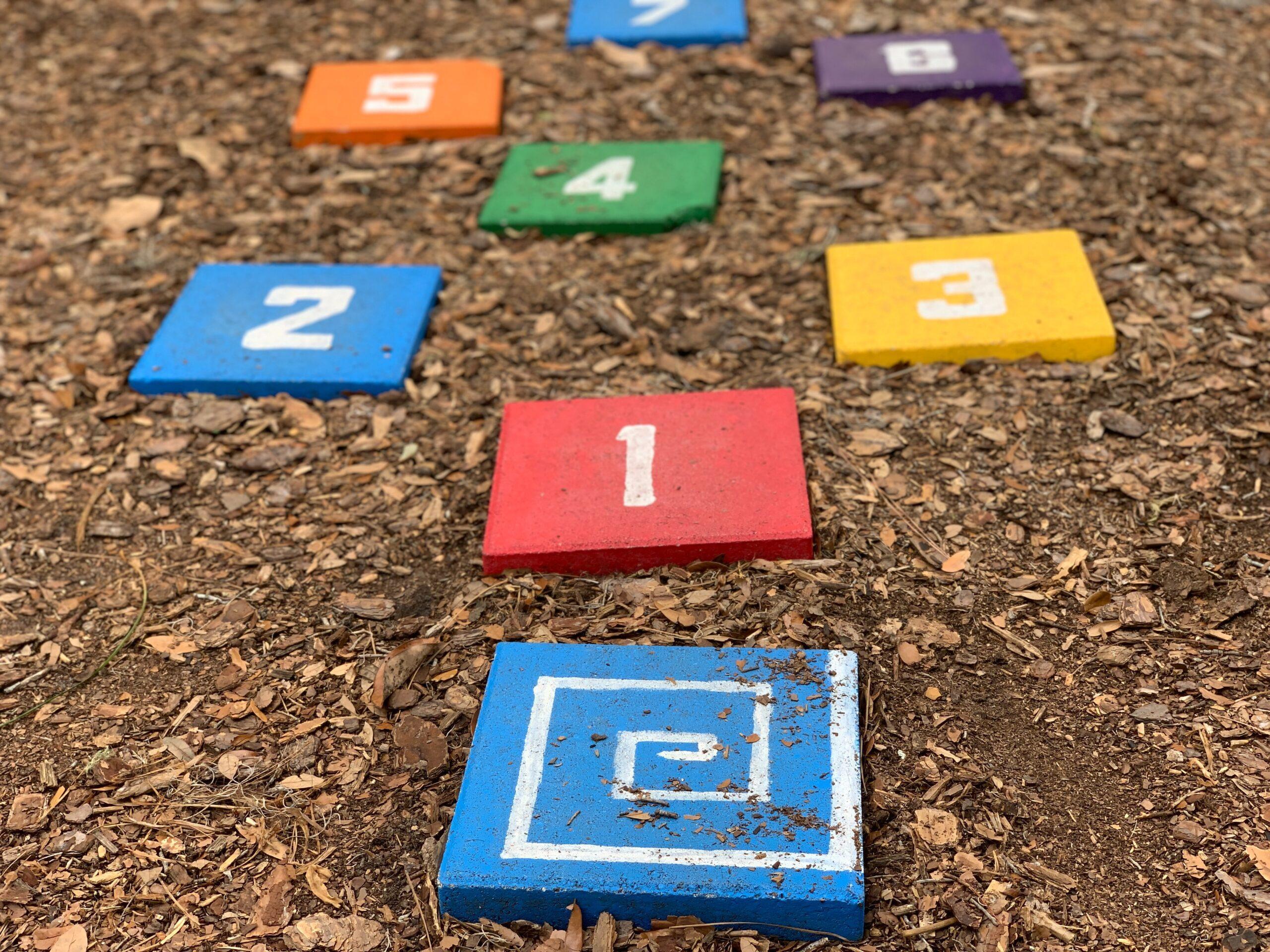We all know how beneficial playtime is for young school children. It’s a way to be free from the classroom, re-energise their bodies and have fun with their friends outside of learning. However, not all kids get a turn on the fancy playground equipment. So, here are some games kids can play on or off the kit that can help revitalise them for the rest of the school day while teaching them valuable life lessons.
Read on to discover five playground games all kids should try…
It may not appear so, but free play or unstructured play during class breaks is incredibly beneficial for a young child’s education. It’s about allowing their creativity to thrive and bloom, learning to set boundaries, and much more.
The benefits of unstructured play:
- Increased creativity
- Increased imaginations
- Improved problem-solving skills
- Improved social skills
- Better emotional development
- Boosted resilience
- Improved motor functions
Free play allows a child to be free and choose what they want to do while unconsciously developing their physical, cognitive and emotional selves. So, how do playground games fit into that?
Five Educational Playground Games
The point of unstructured play is that children can choose what they want to do. The only structure applied to their choice is the length of their break from class, but some children have other barriers, such as shyness or reduced creativity. Proposing they take part in a playground game does give them another kind of structure, but they’re usually a gateway into more free play and the imaginative games they can come up with themselves:
1. Red Light – Green Light
While it has recently been made popular by Netflix’s Squid Game, Red Light – Green Light is a classic game that helps young children build awareness of themselves and those around them.
How to play:
One person is designated the ‘Traffic Light’, and the rest are the players. When the ‘Traffic light’ closes their eyes and says green light, the players can begin to walk toward them but must stop and freeze as soon as the ‘Traffic Light’ says red light and opens their eyes. Anyone caught moving by the ‘Traffic Light’ has to go back to the start and begin again. The winners are those who get to the ‘Traffic Light’ without getting caught.
2. Hopscotch
Hopscotch is a classic playground game without limits on the number of players. It might be an ideal option for a shyer child as there’s no cooperation required other than sharing the hopscotch grid and cheering each other on. It’s great for improving physical health and boosting problem-solving skills, and there’s no end or winner – they can play as long as they like.
How to play:
Draw the classic hopscotch grid on the floor with chalk, or you may have a painted one in the playground, and then the first payer must throw their marker on the grid. They then have to hop and jump the grid without using the square with their marker in, then hop or jump back while picking up their marker. Then the next player takes a turn.
3. Tag
Tag is the playground game we’ve all heard of – they even made a movie about it! The idea is for the person who is ‘It’ to tag someone else and make them ‘It’ instead. This game is a physical one which improves problem-solving skills and social skills.
How to play:
One person is ‘It’, and they have to chase the other players and tag one of them to make them ‘It’, then the game begins again with a new leader. The idea is to pass the ‘It’ title along and remain ‘free’ for as long as possible. Of course, there is a lot of potential for falls and accidents with this game as it can get quite competitive and physical, but most commercial playgrounds use safety surfacing to reduce any potential damage, so playing it at school is quite safe.
4. Mother/Father May I
This game sits in a similar space to Red Light – Green Light in that there is one leader, and the rest of the players must reach them to complete the game. It’s great for building awareness of themselves and those around them but also lends to their ability to follow instructions and boundaries and be creative in their choices and interpretations.
How to Play:
One person is chosen as Mother or Father. They stand with their back to the players, who should be at least six meters behind them in a line. The first player in the line shouts: “Mother/Father May I?”, and the chosen leader says: “Yes…” with an instruction like “…Take one small hop forward” or “…Take two steps forward” or “Take a tiny step back”. Then it goes down the line the same way. The winner is the one who reaches Mother/Father first.
5. Stuck In The Mud
This game is essentially a variation of tag, but it builds in a lot of teamwork skills, as well as awareness, problem-solving and social skills.
How to play:
One person is the tagger – they remain the tagger for the whole game. When they tag another player, that player must freeze in position and act like they’re stuck in the mud. They can only be unfrozen or freed by one of their teammates crawling between their legs or under their arms. To win, the tagger must freeze everyone. Or if the time runs out, the players who are not frozen win.
All these games are quick to set up, require little to no equipment and are hugely beneficial for child development and education. So, if the playground kit is all full up, why not break out one of these?




